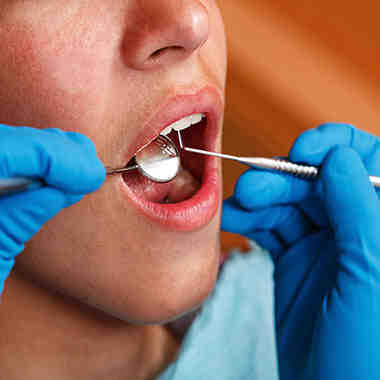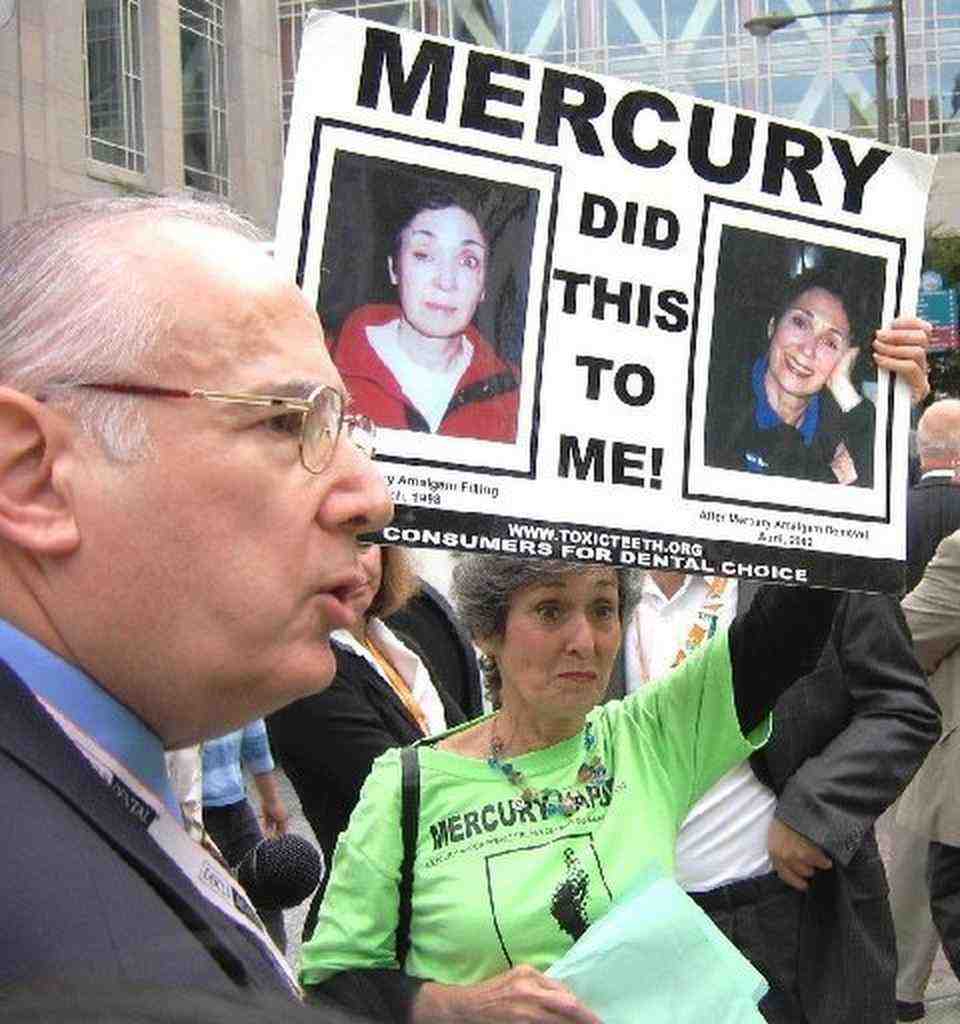How much does it cost to have mercury fillings removed?

A basic removal, which probably includes a small-sized filling, can start at approximately $ 250 per tooth. Depending on the size, location and condition of your metal filler, prices can go up from this base price.
What are the side effects of mercury fillings?
The effects of mercury-laden fillings are awesome. These fillings are one of the most contributing causes to mercury poisoning. This can cause a wide range of problems, including tremors, insomnia, headaches, nerve damage, kidney problems, and respiratory failure.
Can I replace my silver fillings with white ones?
A small change you can make is to change any amalgam (silver filler) to white ones. … Composites (white fillers) are tooth-colored and are made of glass powder, quartz, silica or other ceramic particles added to a resin base. Your dentist chooses a shade that matches your own teeth.
How do dentists remove old fillings?
For that reason, many dentists who practice safe amalgam removal adhere to at least several of the steps below:
- Isolate the teeth as the amalgam filler is removed.
- Provide pure oxygen for you to breathe during the process.
- Divide the filling into pieces.
- Use a high speed vacuum to draw the amalgam filler.
Do NHS dentists still use mercury fillings?

Although metal fillers are now being replaced by white, ceramic, composite fillers, they are still the most common type offered by NHS dentists. … He says there is no justification for removing these fillings as a precaution, except in those well-diagnosed patients who have allergic reactions to the amalgam.
Can you have an MRI with mercury fillings?
E – MRI does not cause a filling in your teeth (if in proper condition) to cut or come out. The metal in many miles is unaffected by the magnetic field of the MR system. However, filling can cause some image distortion if you are scanning your neck, mind or face surface.
Do dentists still use metal fillings?
In fact, dentists have been using them for over 150 years to fix dental issues. They usually last a minimum of 10 to 15 years and can sometimes last for decades. The reason for their longevity is because they are made of metal, which means they present a hard surface.
Can you get mercury poisoning from a broken filling?
While it is unlikely you can get mercury poisoning from fillings – as the level of mercury exposure from dental fillings is not a threat to your health – there are other circumstances where individuals may experience mercury poisoning.
Can any dentist remove mercury fillings?

If you decide to remove your mercury filler, you need to work with an experienced and well-trained dentist who can safely remove the filler without increasing your exposure levels or creating an even more dangerous situation. your mouth.
Can mercury leak from amalgam fillings?
Yes, mercury can leak from filling an amalgam as steam. However, according to the International Journal of Dentistry, the mercury released from dental amalgam restoration does not contribute to systemic disease or systemic toxicological effects.
When did Dentists stop using mercury fillings?
Mercury used in filling dental amalgam is not high enough to cause harm to patients, according to the FDA, which today issued its final regulation on the controversial material for -tooth filling.
How do you dispose of dental mercury?

Once removed from the mouth, the mercury component is placed in a separate airtight container. Dentists will continue to fill the container until it is completely full. When the container is full, it is carefully sealed and sent to a certified recycler.
How does amalgam dispose of teeth?
OSHA considers extracted teeth as a potentially infectious material to be disposed of in medical waste containers. Extracted teeth containing the amalgam should not be placed in a medical waste container using an incinerator for final disposal (eg, regular rubbish, sharp containers, bio-hazard or red bags).
What is the best way to dispose of scrap amalgam?
Store amalgam waste in a plastic container covered with the label “Amalgam for Recycling” or as ordered by your recycler. Your recycler may have his own needs, so ask your recycler about the containers and what can be placed in them.
Is dental amalgam hazardous waste?
The amalgam contains both silver and mercury, and these two elements, when discarded, constitute Hazardous Waste. … The amalgam may also be contaminated and bio-dangerous, because it has been in contact with oral tissues or fluids.